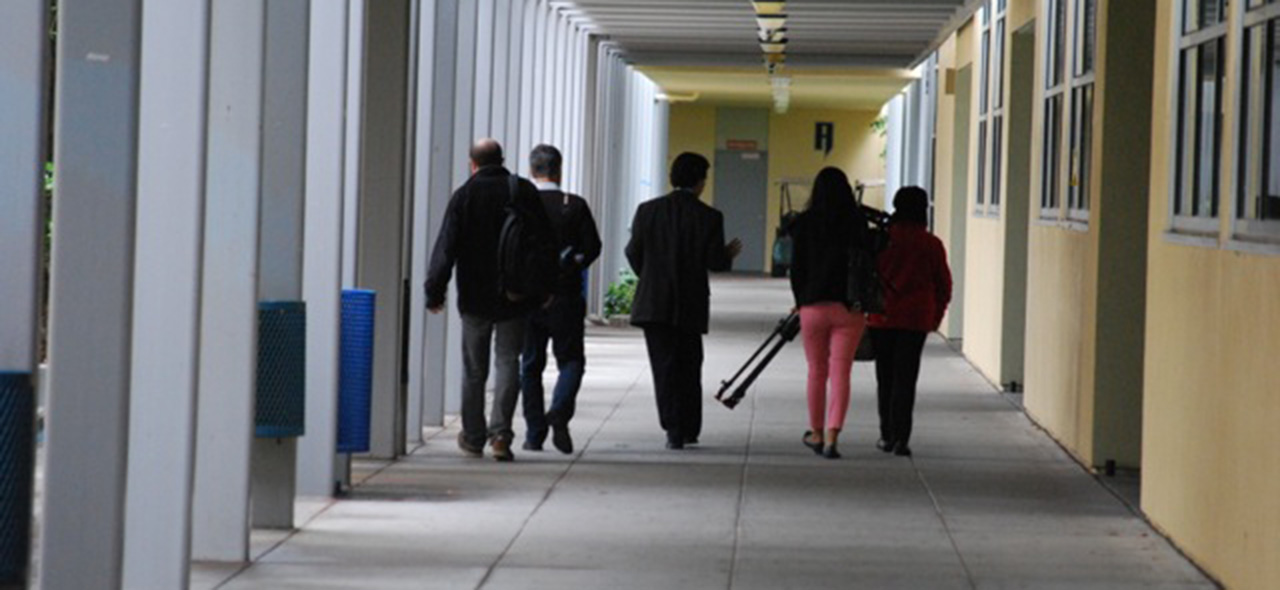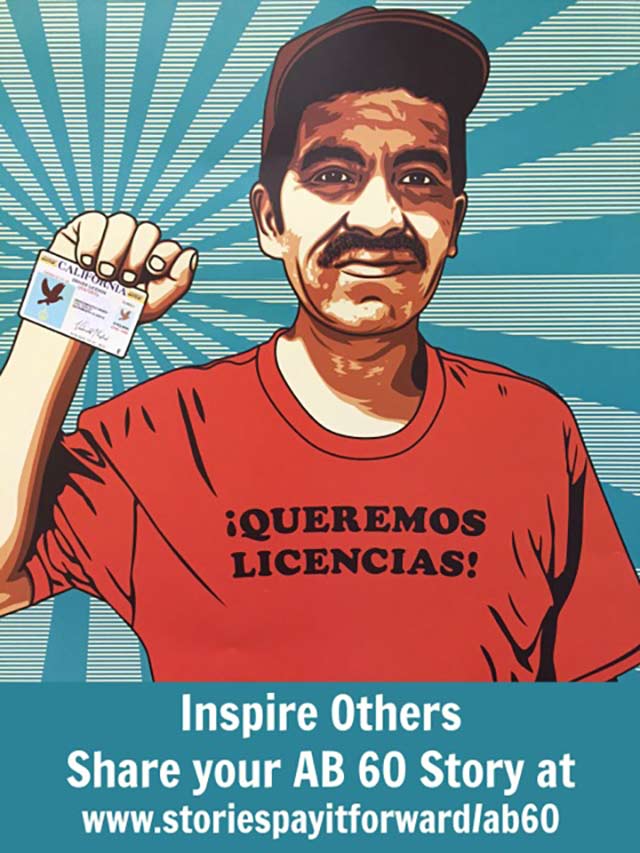
A community foundation takes on series of rapid experiments in local news and information

This post is one in a series on what four community and place-based foundations are learning by funding media projects that help to meet their local information needs. All are funded through the Knight Community Information Challenge.
Alas, there’s not a solid blueprint for creating informed communities in the digital age. Addressing the news and information needs of local communities, in the face of years of decline by newspapers and other legacy news organizations, requires a high degree of willingness to experiment (and tolerance of experimental failures).
Such is the lot of a growing number of community foundations as they take on an expanding role in improving the news and information ecosystems of their localities. Often, a culture shift is required.
The Silicon Valley Community Foundation is in the middle of a period of intense experimentation in the local-news and -information space, in part a reaction to its involvement in a design-thinking process that is part of its Knight Foundation grant and in collaboration with three other place-based foundations.
In recent months, the Silicon Valley new initiatives team has been juggling a dozen or so experiments. Some run as briefly as a couple weeks – just enough to provide a few important learnings, which will inform further experiments or future initiatives. Other experiments play out over many months, and might live on as permanent programs in other departments of the community foundation or be passed on to outside organizations.
Mauricio Palma, director of initiatives and special projects, says that in the five years beginning in 2007, well before the Silicon Valley Community Foundation’s recent accelerated push into informed-communities work, many experiments were conducted, but the design-thinking framing of this latest round has changed the equation. New experiments are done with consultation and conversation with users as the core tenet, rather than foundation staff making top-down decisions on how an experiment should be set up.
One example of this is EmbraceTheCore.org, a curation website launched in 2014 and designed to provide educators and parents with the latest information on California’s implementation of Common Core standards (a defined interest area of the Silicon Valley Community Foundation). While the site is valuable and a great resource, it started out on the wrong track, says Neha Singh Gohil, senior media fellow. She is now exploring options for continuing the site with more user-generated content and curation – turning back a bit on one-way dissemination of information in favor of higher levels of user engagement. That approach jibes with core design-thinking principles, which call for defining solutions for any problem with the target user demographic considered and interacted with closely.
A shorter-term experiment ran from January through April 2015. The driving question that Gohil and Palma wanted answered was: “How might we collect stories from Silicon Valley residents, and what could we do with such a database of stories?” They chose to use an experimental platform, StoryCall, to collect audio stories from undocumented immigrants living in Silicon Valley about their experiences applying for driver’s licenses. California state law AB60 now allows immigrants, regardless of legal status, to receive licenses – although many undocumented immigrants still fear repercussions.
With the AB60 experiment, 15 community organizations were involved in finding undocumented immigrants willing to share their stories; nearly 60 were collected. Many of the stories need to be translated to English, which is being done this summer. The plan is next to work with those organizations to understand how they might use the stories in their communications with other immigrants and the wider community. This also fits with the foundation’s goal of getting organizations to help meet the news and information needs of their communities.
An unintended lesson came out of the AB60 experiment: Be aware that startup technology vendors that may not survive long term. StoryCall appears to have ceased operation. But because the AB60 story collection was an experiment, it’s not a big problem. Switching to another vendor or technology to collect future stories should be easy.
Gohil is pleased with the experiments strategy, since the results allow her to go into meetings at other parts of the foundation, such as with the immigration team, and share what worked in an experiment that can be applied in another grant area. Each experiment expands the toolbox that can be taken to other departments to help show them how to take on a greater news and information role.
At the core of the design-thinking process is a presumption that action and creation are critical, even at the early stages of any project. Experiments that include creating and testing something, the design-thinking thinking goes, allow you to continue to learn and improve on initial ideas.
As Palma explains, setting out with a series of experiments that directly engage members of respective target communities puts his department’s work in alignment with the greater mission of the community foundation: to best meet the needs of the people and organizations that inhabit Silicon Valley.
Steve Outing is a writer and digital media consultant.
Recent Content
-
Communitiesarticle ·
-
Communitiesarticle ·
-
Communitiesarticle ·


